Skills of Soccer
Introduction to Soccer Skills
Soccer, or football as it’s known in many countries, is more than just kicking a ball. It’s a beautiful game that demands an impressive set of physical and mental abilities. In today’s post we will tell you about the Skills of Soccer, Whether you’re watching a professional match or playing with friends in a backyard, the skills displayed on the field captivate everyone. Soccer skills are the foundation of every great player and team. From the first touch to the final whistle, every movement is a combination of technique, instinct, and intelligence.
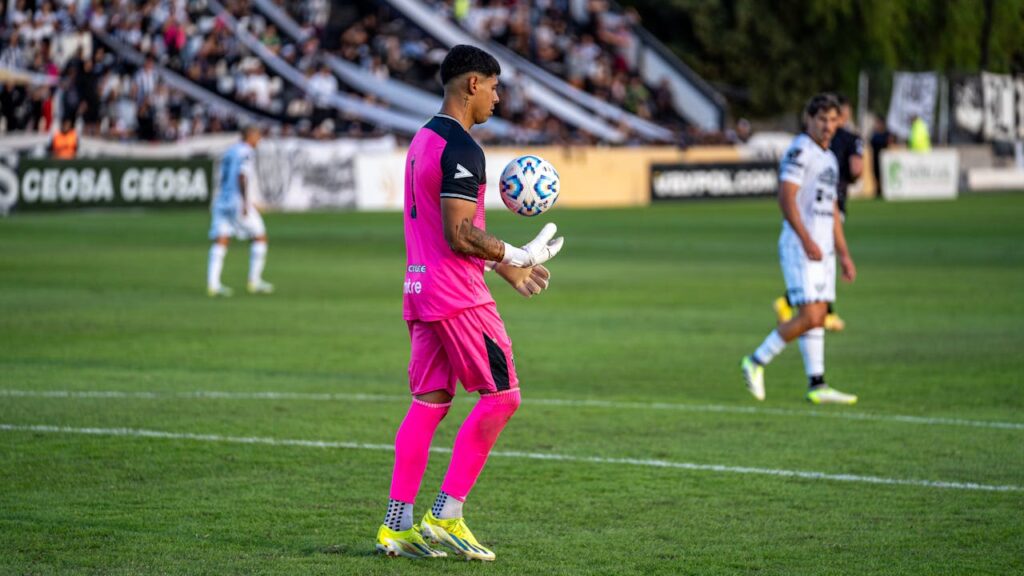
The beauty of soccer lies in its simplicity, yet beneath that simplicity is a world of complexity. Soccer skills are not just about showboating or tricks — they are essential to playing the game effectively. Every pass, dribble, tackle, or shot you see is a result of hours of practice and training. Players like Messi, Ronaldo, or Mbappe didn’t become world-class overnight. They built their careers on mastering the core skills of soccer.
Understanding these skills, from basic ball handling to advanced tactical plays, helps players improve not just their game, but their understanding of what makes soccer the global phenomenon it is today. Whether you’re a beginner or a seasoned player, there’s always room to sharpen your skills.
Why Soccer Skills Matter in the Game
Why do skills matter so much in soccer? Think of them as your tools on the field. Without the right skills, even the most athletic player can get lost in the chaos of a match. Skills determine how well you can control the ball, pass under pressure, shoot with precision, or defend against an oncoming striker.
Strong soccer skills lead to better performance, more opportunities, and fewer mistakes. For example, good dribbling allows a player to maneuver through tight spaces. Excellent passing ensures the ball moves efficiently across the pitch. And confident shooting can turn a tight game into a victory.
Skills also allow players to be creative. They can read the game, anticipate opponents’ moves, and act decisively. A player with solid fundamentals has the freedom to try new techniques, surprise their opponents, and lead their team. In short, skills are the building blocks of success in soccer.
Understanding Basic vs. Advanced Skills
All soccer players begin with the basics, but over time, the goal is to evolve into mastering more complex techniques. Basic skills are the foundation—things like passing, dribbling, and shooting. These are taught early and refined through repetition.
Advanced skills, on the other hand, require deeper understanding, experience, and often quicker thinking. Skills like tactical positioning, vision, and aerial play are harder to teach and develop with time and game experience.
Knowing where you are on this spectrum helps you train more effectively. Beginners should focus on mastering the fundamentals, while more experienced players can benefit from working on game intelligence, technique under pressure, and communication on the field.
It also need:–Top 10 Best Women Football Players in the World : with photos
Dribbling – The Art of Ball Control
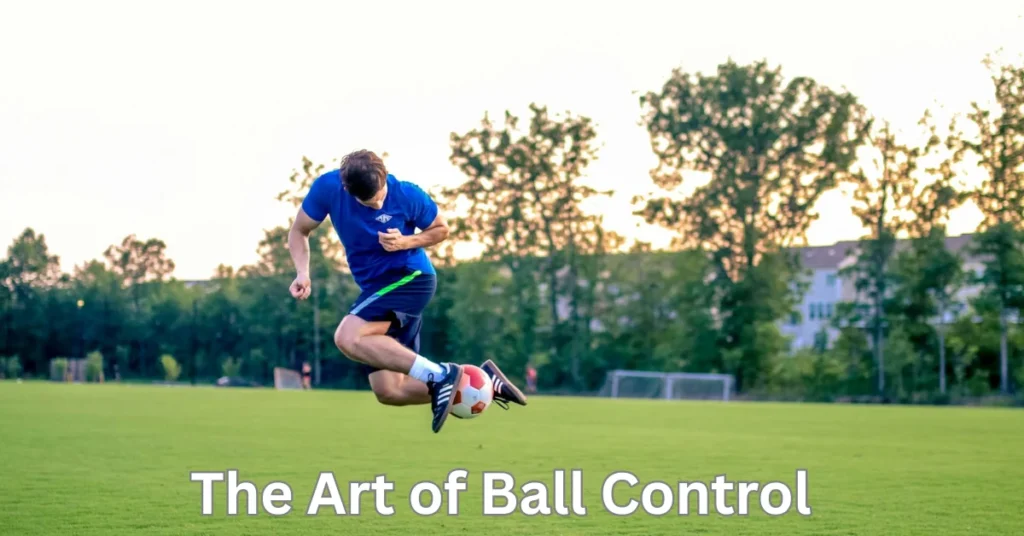
Dribbling is one of the most exciting and essential skills in soccer. It allows a player to move the ball around defenders and create space for themselves or teammates. The goal of dribbling is to keep the ball close to your feet while maintaining speed, balance, and direction.
Great dribblers can glide past defenders with ease, turning tight situations into goal-scoring opportunities. Players like Lionel Messi have shown how effective dribbling can be when combined with quick thinking and agility. Good dribbling involves both close control and the ability to change direction swiftly.
To improve dribbling, players should practice cone drills, tight space control, and one-on-one scenarios. It’s also important to use both feet and various parts of the foot (inside, outside, sole) to have total control over the ball.
Passing – Connecting the Team
Passing is the heartbeat of a team. It’s how players move the ball, maintain possession, and create scoring chances. A good pass is timely, accurate, and delivered with the right amount of power. Whether it’s a short tap between midfielders or a long through ball down the field, passing connects the team.
Without solid passing, even the best players can struggle. Precision passing builds rhythm in play and helps maintain control over the game. Teams that pass well usually dominate possession, tire out their opponents, and dictate the pace of the match.
Players can improve passing by practicing wall passes, one-touch play, and game-like passing drills. It’s also vital to learn how to pass with different parts of the foot and to be able to pass both under pressure and in open space.
Shooting – Scoring with Precision
Scoring goals is the ultimate aim in soccer, and shooting is the skill that makes it happen. But shooting isn’t just about kicking the ball as hard as possible; it’s about accuracy, timing, and smart decision-making. Whether it’s a finesse shot curling into the corner or a powerful strike from outside the box, good shooting skills separate average players from game-winners.
Great shooters like Harry Kane or Erling Haaland have mastered various shooting techniques: volleys, chips, driven shots, and more. They understand when to shoot, where to aim, and how to keep their cool under pressure. It’s not just about power—it’s about placement, technique, and confidence.
To improve shooting, players should practice finishing from different angles, distances, and situations. Training should include both dominant and weak foot shots, and players must learn to shoot with different parts of the foot. Incorporating movement and opposition during practice also helps simulate real match conditions.
Receiving – Controlling the Ball Gracefully
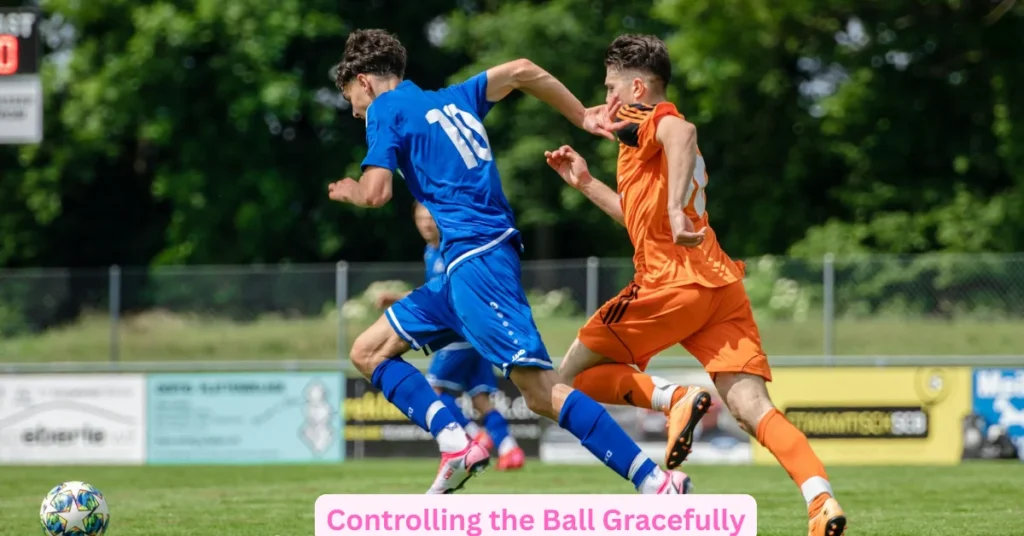
Receiving, or first touch, is one of the most underrated yet crucial soccer skills. It’s all about how you control the ball when it comes to you—whether from a pass, a cross, or a clearance. A good first touch can set up your next move perfectly, while a poor one can lead to losing possession.
Top players like Kevin De Bruyne make it look effortless. Their ability to bring the ball under control in one smooth motion allows them to think ahead, create space, and dictate the tempo of play. Whether cushioning the ball with the foot, thigh, or chest, clean control is essential.
To get better at receiving, practice under different conditions—fast passes, high balls, bouncing balls, and with pressure. Work on your body position, anticipation, and timing. The more confident you are in receiving, the more comfortable you’ll be in tight situations.
Tackling – Winning the Ball Back
Tackling is the defender’s main weapon. It’s how they stop opponents, regain possession, and set up their team for a counterattack. There are different types of tackles—standing tackles, sliding tackles, and block tackles. Each requires timing, courage, and clean execution.
Great tacklers like N’Golo Kanté are known for their timing and ability to read the game. They don’t just dive into challenges—they wait for the perfect moment to pounce, often without committing fouls. A well-timed tackle can boost morale and turn the tide of a match.
To develop tackling skills, players must practice patience, positioning, and technique. It’s not about aggression—it’s about precision. Working on one-on-one defending drills and shadow play can help refine tackling ability and reduce risky fouls.
Crossing – Setting Up the Perfect Assist
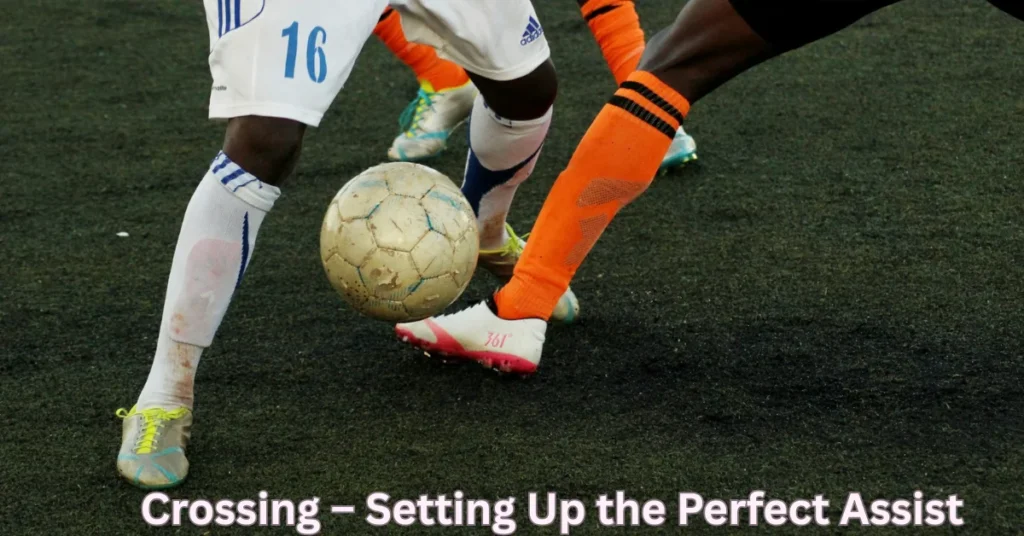
Crossing is a skill that’s all about teamwork. It’s used to deliver the ball from wide areas into the opponent’s penalty box, usually for a teammate to finish. A great cross can tear apart defenses and create easy scoring chances. It requires vision, accuracy, and timing.
Wingers and fullbacks like Trent Alexander-Arnold and Jordi Alba have built reputations as assist kings thanks to their exceptional crossing. Whether it’s a low-driven ball or a high lofted cross, delivering it at the right time to the right player is what makes this skill so vital.
Improving crossing involves practicing different types of crosses—early crosses, cut-backs, in-swingers, and out-swingers. Players should focus on reading the movement of teammates, understanding the type of cross that fits the situation, and hitting the target under pressure.
Heading – Mastering Aerial Play
Heading is crucial for both defense and attack. Offensively, it’s used to score goals from crosses, corners, or set-pieces. Defensively, it helps clear the ball and prevent threats in the air. Mastering this skill requires timing, strength, and excellent judgment.
Legendary players like Cristiano Ronaldo are known for their aerial dominance. His jumping ability, timing, and technique allow him to outjump defenders and score powerful headers. But heading isn’t just about power—placement and technique matter just as much.
To become better at heading, players must practice jumping technique, neck strength, and timing. Safety is also important, so using proper form to avoid injuries is critical. Drills should involve different types of aerial balls and both offensive and defensive scenarios.
Juggling – Improving Touch and Control
Juggling might seem like a flashy trick for the sidelines, but it actually builds excellent ball control and coordination. It sharpens your touch, balance, and ability to react to unpredictable ball movements. While not a skill often used directly in matches, juggling is a fantastic way to master your feel for the ball.
Top-level players use juggling in training to develop control with every part of the body—feet, thighs, chest, and even head. It boosts confidence and encourages players to become more creative and flexible with their movements. Plus, it’s a fun way to challenge yourself.
To get started, set personal goals—like 20 juggles in a row—and increase them gradually. Practice juggling with both feet and mix it up with different body parts. It’s also a great warm-up tool and can be done solo, making it ideal for daily practice.
Positioning – Being at the Right Place at the Right Time
Positioning is one of those invisible skills that separates good players from great ones. It’s not just about where you are on the field, but where you should be—both offensively and defensively. Players with good positioning anticipate the flow of the game and stay one step ahead.
Think about midfield maestros like Luka Modrić. They always seem to be in the perfect spot—whether it’s intercepting a pass, receiving the ball under no pressure, or supporting an attack. Their positioning isn’t random—it’s a result of game intelligence and experience.
To improve this skill, players should study their role’s responsibilities and watch professional matches closely. Positioning drills and tactical training can help develop awareness and spatial understanding. It’s also vital to communicate with teammates to maintain proper structure during the game.
it also needs:–world’s : Top 10 best football players of all time with photo’s
Vision and Awareness – Seeing the Game Unfold
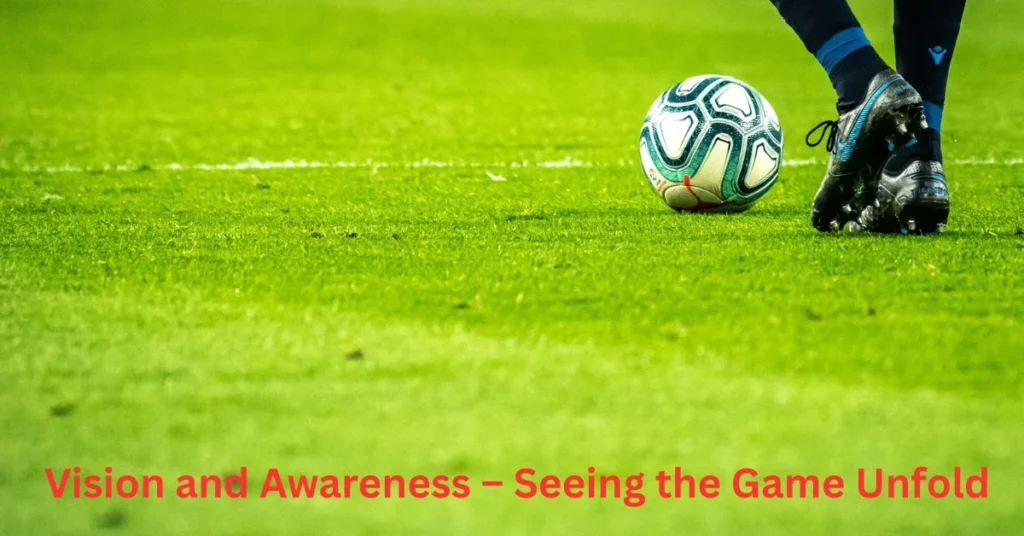
Vision is the ability to see opportunities on the field that others might miss. It includes recognizing teammates’ movements, identifying open spaces, and predicting opponents’ actions. Players with strong awareness can dictate the tempo of a game and pull strings like a puppeteer.
Legends like Andrés Iniesta and Xavi Hernández are iconic examples. Their awareness allowed them to play the perfect pass before defenders even knew what was happening. This skill isn’t just natural—it’s nurtured through observation, experience, and training.
To develop vision, work on head-up dribbling, scanning the field regularly, and simulating pressure situations in training. Watching professional matches with focus on decision-making can help you learn when and where to play the ball smartly.
Decision-Making – Thinking Two Steps Ahead
Soccer is a game of split-second decisions. Should you shoot or pass? Dribble or hold possession? Every touch requires a choice, and good decision-making can be the difference between creating a goal and losing the ball.
Players like Thomas Müller are known for their intelligent movement and decision-making. They may not always be flashy, but their choices on the pitch maximize efficiency and impact. They know when to go forward, when to hold, and when to switch play.
Improving decision-making comes from experience, but it can be fast-tracked through tactical drills, small-sided games, and scenario-based training. Always ask yourself during practice: What are my options? What’s the best one? Over time, this sharpens your instincts and improves your game IQ.
Stamina and Agility – Outlasting Opponents
You might have the best footwork in the world, but if you’re gassed out after 20 minutes, it won’t matter. Soccer is physically demanding. You need to sprint, jog, and recover repeatedly throughout a 90-minute match. That requires elite stamina and agility.
Look at players like N’Golo Kanté or Jude Bellingham—relentless, constantly moving, chasing, and creating. Their endurance allows them to stay effective from start to finish. Agility helps them change direction quickly, evade opponents, and respond to the fast pace of the game.
To improve stamina, focus on interval training, long-distance running, and conditioning drills. Agility ladders, cone drills, and plyometric exercises can boost speed and responsiveness. The fitter you are, the more freedom you’ll have to use your skills on the pitch.
Confidence and Focus – The Mental Edge
Skills and fitness can take you far, but confidence and mental focus give you the edge needed to shine consistently. Confidence is believing in your abilities—taking on defenders, shooting under pressure, or making that risky pass. Focus is staying mentally in the game, reading the situation, and making smart decisions.
Even elite players like Neymar or Salah have bad games, but what sets them apart is their ability to stay confident and bounce back. Soccer is a mental battle as much as it is a physical one. One moment of doubt can lead to hesitation—and in soccer, hesitation can be costly.
Building confidence involves consistent practice, positive reinforcement, and overcoming challenges. Visualization techniques, setting goals, and celebrating small wins help boost mental strength. Focus can be developed by staying present in every moment, minimizing distractions, and training under game-like pressure.
Communication – The Voice of the Game
Soccer is a team sport, and no team can function without effective communication. Whether it’s a shout to mark a player, a quick call for the ball, or subtle hand gestures to indicate a run—communication is vital. It ensures coordination, avoids confusion, and builds trust.
Great leaders on the field, like Virgil van Dijk or Sergio Ramos, aren’t just skilled—they’re vocal. They direct, support, and motivate their teammates constantly. This keeps the team organized and reactive, especially in high-pressure situations.
To enhance communication skills, players need to be confident and clear. Practice calling out names, giving simple commands, and using body language. Coaches should encourage a culture where players talk throughout drills and scrimmages, reinforcing communication as a habit, not just a game-time tool.
How to Develop Soccer Skills Effectively
Now that we’ve covered the key skills, how do you actually get better? It’s not just about playing more matches. Skill development requires structured practice, feedback, and a growth mindset. Whether you’re an aspiring pro or a weekend warrior, consistency is your best friend.
Daily Practice and Drills
Nothing replaces daily practice. Repeating movements, sharpening touch, and building muscle memory all come from regular training. Even 30 minutes a day can lead to significant improvement. Focus on individual drills like cone dribbling, shooting against a wall, or juggling.
Create a routine that targets different skill areas each day. For example, Monday can be for passing, Tuesday for shooting, and so on. This keeps training fresh and covers all aspects of the game.
Watching and Learning from the Pros
Observation is a powerful learning tool. Watching professional matches teaches you positioning, timing, and decision-making. You’ll begin to see how different players execute skills and how they adapt to the game’s flow.
Analyze players who play in your position. How do they move off the ball? What decisions do they make under pressure? Try to mimic their techniques during your own training sessions.
Joining a Club or Academy
Training alone is great, but nothing compares to structured coaching and competitive play. Clubs and academies offer access to experienced coaches, organized practices, and regular matches. This environment accelerates learning and introduces tactical and team-based concepts.
Being part of a team also pushes you to communicate better, understand different playing styles, and learn accountability. Plus, it’s fun to be part of a soccer community that shares your passion.
Conclusion
Friends, in today’s article you have learned about Skills of Soccer, Soccer is a game of beauty, passion, and precision. Behind every jaw-dropping goal or clever assist is a foundation of hard-earned skills. From the basics like passing and shooting to the deeper aspects like vision and decision-making, each skill contributes to the magic on the pitch.
Improving your soccer skills isn’t a one-time event – it’s a journey. A mix of physical practice, mental development and a love for the game will guide you. Whether you’re playing casually or chasing a professional dream, mastering these skills can make soccer not only more fun but also more rewarding.
So tie your shoes, grab your ball and get to work. The next time you step out on the field, let your skills speak for themselves. And do share our tips in a comment.
thank you very much .
